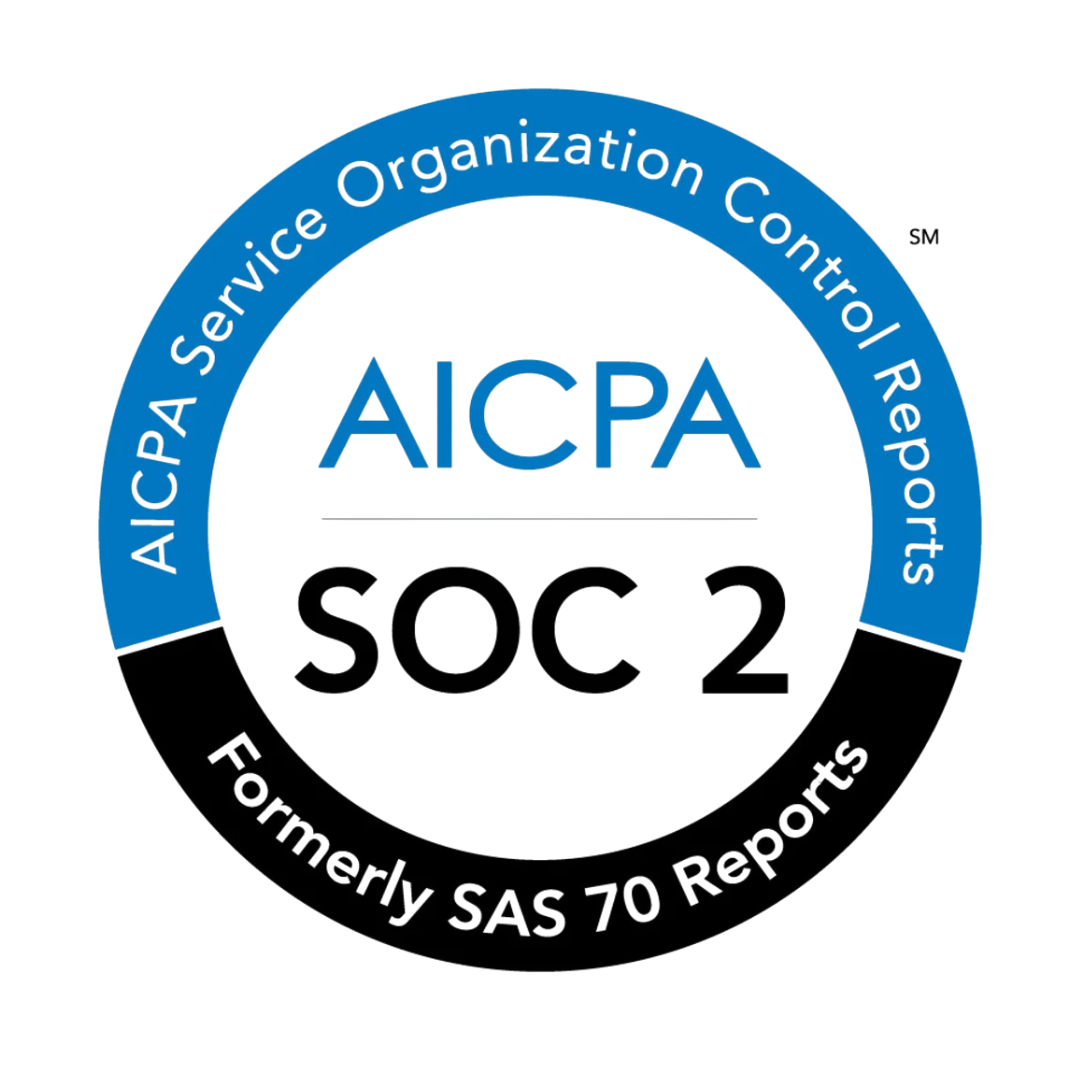The seed funding landscape for U.S. SaaS companies has evolved dramatically over the past few years, with founders navigating a complex environment shaped by market corrections, AI excitement, and shifting investor expectations. Understanding current benchmarks for round size, valuations, and dilution has become critical for founders preparing to raise capital in 2025.
After analyzing the latest data from PitchBook, Carta, and industry reports, we've identified key trends that every SaaS founder should understand before entering the fundraising process. The median seed round size now sits between $2.5-3.2 million, with valuations ranging from $14-17 million and typical dilution of 12-15% (Carta). These figures represent a stabilization after the volatility of 2022-2023, but they mask significant variations based on AI integration, growth metrics, and market positioning.
The Current Seed Funding Environment
Market Stabilization After the Downturn
The venture capital market has undergone significant changes since the peak of 2021. After a challenging 2022 marked by fallen unicorns and slashed valuations, 2023 became a year of capitulation and markdowns, though it also brought renewed excitement around AI opportunities (SaaStr). The growth of companies like OpenAI and Databricks has enticed VCs back to work, particularly at the Series A and later stages.
Funding activity for software companies in 2023 was down 50-75% from its peak, representing a significant shift in investor sentiment toward efficiency over growth at all costs (Point Nine). This correction has created a more disciplined funding environment where founders must demonstrate stronger unit economics and clearer paths to profitability.
The Rise of AI-Differentiated Valuations
One of the most significant developments in 2024-2025 has been the emergence of distinct valuation tracks for AI-enabled versus traditional SaaS companies. Data from 775 primary Series A rounds shows that SaaS companies are now split into AI and Non-AI categories due to distinct median valuations (Carta). This trend is filtering down to seed-stage investments, where AI integration has become a common topic in pitch meetings.
Seed Round Size Benchmarks
Current Market Standards
Based on comprehensive market analysis, U.S. SaaS seed rounds in 2025 typically range from $1.5 million to $5 million, with the median settling between $2.5-3.2 million. This represents a slight increase from historical norms but reflects the higher capital requirements for building competitive SaaS products in today's market.
The distribution breaks down as follows:
Round Size RangePercentage of RoundsTypical Use Case$1.5M - $2.5M35%Product development, initial team$2.5M - $3.5M40%Market validation, early growth$3.5M - $5M+25%Accelerated growth, market expansion
These figures align with industry observations that seed rounds have grown in size as companies require more capital to reach the metrics necessary for successful Series A fundraising (Metal). The increased round sizes also reflect the reality that the bar for Series A has risen significantly, requiring companies to demonstrate stronger traction before advancing to the next stage.
Factors Influencing Round Size
Several key factors determine where a company falls within the seed round size spectrum:
Market Category: AI-enabled SaaS companies typically raise 20-30% larger seed rounds than traditional SaaS companies, reflecting both higher development costs and investor enthusiasm for AI applications.
Geographic Focus: Companies targeting enterprise markets or operating in competitive verticals often require larger seed rounds to build the necessary sales and marketing infrastructure.
Founder Experience: Serial entrepreneurs with successful exits often command larger seed rounds, as investors bet on their ability to execute efficiently with additional capital.
Technical Complexity: Companies building complex technical infrastructure or requiring significant R&D investment typically raise toward the higher end of the range.
Valuation Benchmarks and Trends
Current Valuation Ranges
Seed-stage valuations for U.S. SaaS companies in 2025 typically range from $10 million to $20 million, with the median clustering around $14-17 million. This represents a normalization from the inflated valuations of 2021-2022 but remains elevated compared to pre-2020 levels.
The valuation landscape shows clear segmentation:
These valuations reflect a market that has moved beyond the "growth at all costs" mentality toward a more nuanced evaluation of business fundamentals (Point Nine). Investors are now placing greater emphasis on unit economics, customer acquisition efficiency, and clear paths to profitability.
Valuation Methodology Evolution
The approach to SaaS valuations has evolved significantly. The traditional $1 million ARR benchmark that was common for Series A funding in 2018-2019 no longer holds true, and this shift has cascaded down to seed-stage expectations (Tomtunguz). There is no longer a magic milestone for raising rounds, and the concept of standardized metrics has become less defined.
This evolution has created both opportunities and challenges for founders. While there's more flexibility in the metrics required for fundraising, there's also less clarity about what investors expect. Successful seed-stage companies now demonstrate a combination of factors rather than hitting specific numerical benchmarks.
Dilution Patterns and Ownership Considerations
Typical Dilution Ranges
Seed round dilution for U.S. SaaS companies typically ranges from 10% to 18%, with most rounds resulting in 12-15% dilution. This relatively narrow range reflects the standardization of seed round structures and the competitive nature of the funding environment.
The dilution breakdown typically follows this pattern:
• 10-12% dilution: Strong companies with multiple term sheets, often with significant traction or experienced founders
• 12-15% dilution: Market standard for most competitive seed rounds
• 15-18% dilution: Companies with higher execution risk or in earlier stages of development
• 18%+ dilution: Typically indicates either very early stage, high-risk profile, or challenging market conditions
Factors Affecting Dilution
Several factors influence the level of dilution founders can expect:
Traction and Metrics: Companies with strong revenue growth, customer retention, and unit economics typically achieve lower dilution. The specific metrics vary by business model, but consistent growth trends are universally valued.
Market Timing: Companies raising during periods of high investor interest (such as AI companies in 2024-2025) often achieve more favorable dilution terms.
Competitive Dynamics: Multiple interested investors can drive down dilution requirements, while single-investor scenarios may result in higher dilution.
Founder Track Record: Experienced founders with successful exits often negotiate lower dilution based on their proven execution ability.
Stage-Specific Expectations and Metrics
Revenue and Growth Benchmarks
Unlike Series A rounds, where specific revenue benchmarks are more established, seed-stage expectations vary significantly based on business model and market approach (Metal). However, several patterns have emerged:
The key insight is that growth rate often matters more than absolute revenue numbers at the seed stage. Companies demonstrating 100-200% year-over-year growth with strong retention metrics can successfully raise seed rounds even with relatively modest revenue figures.
Beyond Revenue: Holistic Evaluation Criteria
Modern seed investors evaluate companies across multiple dimensions beyond just revenue metrics. The evaluation framework has expanded to include:
Investor Landscape and Targeting Strategy
Seed-Stage Investor Categories
The seed funding landscape includes several distinct investor categories, each with different expectations and investment criteria. Understanding these differences is crucial for effective fundraising strategy (Metal).
Targeting the Right Investors
Successful seed fundraising requires a data-driven approach to investor identification and outreach. The most effective strategy focuses on "stage specialists" rather than "stage tourists" - investors who consistently invest at the seed stage rather than those who do so opportunistically (Metal).
Key targeting criteria include:
Market Dynamics and Future Outlook
The Impact of AI on SaaS Valuations
Artificial Intelligence has become a significant factor in SaaS valuations and funding decisions. Companies successfully integrating AI into their core value proposition are seeing premium valuations and increased investor interest. This trend is exemplified by companies like Intercom, which re-accelerated growth to 25% year-over-year by integrating AI into their tiered pricing model (Sacra).
The AI premium extends beyond just technology companies to any SaaS business that can demonstrate meaningful AI integration in their product offering, customer experience, or operational efficiency.
Capital Efficiency and Burn Multiple Trends
The focus on capital efficiency has intensified significantly since 2022. Burn multiple - calculated as net burn divided by net new ARR - has become a critical metric for investor evaluation (Tomtunguz). Companies with burn multiples between 1-2 are planning to increase their net burn per new dollar of bookings by 14-40%, indicating a more disciplined approach to growth spending.
This shift toward efficiency has implications for seed-stage companies, as investors now expect clearer visibility into unit economics and paths to profitability even at early stages.
Series A Progression Trends
Understanding Series A progression rates provides important context for seed-stage planning. Analysis of 10,755 US Series A startups shows that the probability of securing Series B funding increases substantially over time, with progression rates reaching 40-50%+ by Year 4 (SaaStr). However, startups that raised Series A between 2018-2020 show higher Series B graduation rates than those raising in 2021 or later.
This data suggests that companies raising seed rounds in the current environment should plan for longer development timelines and higher bars for Series A advancement.
Practical Recommendations for Founders
Preparation and Positioning
Based on current market dynamics and benchmarks, seed-stage SaaS founders should focus on several key areas:
Metrics Foundation: Establish robust tracking for key SaaS metrics including MRR, churn rate, customer acquisition cost, and lifetime value. Even if the absolute numbers are small, demonstrating measurement discipline and trend awareness is crucial.
AI Integration Strategy: Evaluate opportunities to meaningfully integrate AI into your product or operations. This doesn't require building an AI company from scratch, but rather identifying specific use cases where AI can enhance customer value or operational efficiency.
Unit Economics Clarity: Develop a clear understanding of your unit economics and path to profitability. Investors are increasingly focused on capital efficiency and sustainable growth models.
Market Positioning: Clearly articulate your differentiation and competitive advantages. In a crowded SaaS market, unique value proposition and defensible positioning are essential.
Fundraising Process Optimization
The fundraising process itself requires strategic planning and execution:
Investor Research: Use data-driven approaches to identify the most likely investors for your specific stage, sector, and geography (Metal). Focus on investors who are actively deploying capital and have a track record of leading seed rounds.
Timing Considerations: Plan fundraising timelines to account for longer decision cycles and higher bars for investment. The current market requires more extensive due diligence and validation.
Round Construction: Structure rounds to achieve 12-18 months of runway while maintaining reasonable dilution levels. Consider the trade-offs between round size, valuation, and dilution carefully.
Lead Investor Focus: Prioritize finding a lead investor who can anchor the round and attract additional participants. The dynamics of seed rounds increasingly mirror Series A rounds in requiring strong lead investors (Metal).
Conclusion
The U.S. SaaS seed funding landscape in 2025 reflects a market that has matured significantly from the exuberance of 2021-2022. With median round sizes of $2.5-3.2 million, valuations of $14-17 million, and dilution of 12-15%, the current environment rewards companies that demonstrate strong fundamentals, clear differentiation, and efficient capital deployment.
The emergence of AI as a valuation differentiator, the continued focus on unit economics and capital efficiency, and the evolution of investor expectations all point to a more sophisticated and demanding funding environment. However, this also creates opportunities for well-prepared founders who understand the current benchmarks and can position their companies effectively.
Success in this environment requires a combination of strong execution, data-driven fundraising strategy, and realistic expectations about timelines and requirements. Founders who embrace these realities and prepare accordingly will find opportunities to build sustainable, valuable SaaS businesses with appropriate funding support.
The key is to approach fundraising as a strategic process rather than a transactional event, focusing on finding the right investors who can provide not just capital but also strategic value for the long-term success of the business (Metal). With proper preparation and realistic expectations, the current seed funding environment offers significant opportunities for ambitious SaaS founders.
Frequently Asked Questions
What is the average seed round size for U.S. SaaS companies in 2025?
Based on 2025 market data, U.S. SaaS companies are raising seed rounds with median sizes between $2.5-3.2 million. This represents a normalization from the inflated rounds of 2021-2022, as investors have become more disciplined about capital deployment. The range varies significantly based on factors like AI integration, market positioning, and founder track record.
What valuations can SaaS startups expect at seed stage in 2025?
Current seed-stage valuations for U.S. SaaS companies typically range from $14-17 million pre-money. AI-enabled SaaS companies often command premium valuations at the higher end of this range, while traditional SaaS businesses may see valuations closer to the lower end. These figures reflect the market correction from peak 2021 levels while accounting for renewed investor interest in efficient, AI-integrated solutions.
How much dilution should founders expect in a 2025 seed round?
Founders can expect to give up 12-15% equity in a typical seed round, though this can vary based on round size and valuation. The dilution percentage has remained relatively stable compared to historical norms, as the relationship between round sizes and valuations has maintained consistent ratios. Founders with strong traction or AI differentiation may negotiate lower dilution rates.
How has the venture funding environment changed for SaaS companies since 2022?
The SaaS funding landscape has undergone significant changes since 2022, with funding activity down 50-75% from peak levels. Investors now prioritize efficiency over growth-at-all-costs, leading to more disciplined capital deployment and higher bars for funding. However, AI excitement has reinvigorated investor interest, particularly for SaaS companies integrating AI capabilities into their core offerings.
What metrics do investors expect from SaaS companies raising seed rounds?
The traditional $1M ARR benchmark for Series A has made seed-stage metrics more flexible, but investors still expect strong unit economics and clear path to product-market fit. Burn multiples between 1-2 are preferred, indicating capital efficiency. Companies should demonstrate strong customer retention, growing MRR, and a clear go-to-market strategy that can scale efficiently.
How do AI-enabled SaaS companies perform differently in seed funding?
AI-enabled SaaS companies often command premium valuations and can raise larger rounds due to investor excitement around artificial intelligence applications. These companies benefit from the renewed VC interest sparked by successes like OpenAI and other AI leaders. However, they also face higher expectations for demonstrating real AI value-add rather than just AI marketing positioning.
Sources
1. https://community.carta.com/discussion/us-series-a-benchmarks-for-2024
2. https://docs.metal.so/content/high-resolution-identification/recommended-process
3. https://medium.com/point-nine-news/what-does-it-take-to-raise-capital-in-saas-in-2023-56d8f617714
4. https://sacra.com/research/intercom-at-343m/
5. https://tomtunguz.com/burn-multiple-2023
6. https://tomtunguz.com/series-a-metrics-2023
8. https://www.metal.so/blog/an-empirical-overview-of-series-a
9. https://www.metal.so/blog/finding-investors
10. https://www.metal.so/blog/overview-of-pre-seed-funding
11. https://www.saastr.com/its-now-year-2-of-the-venture-downturn/





